#Royal Botanical Gardens
Explore tagged Tumblr posts
Text






spent the morning at the royal botanical gardens yesterday with my mom ❤️🌸
#rbg#royal botanical gardens#personal#mylife#it was so freakin hot out though.. it was 36 degrees.. i was so sweaty after walking around the gardens lol
22 notes
·
View notes
Photo
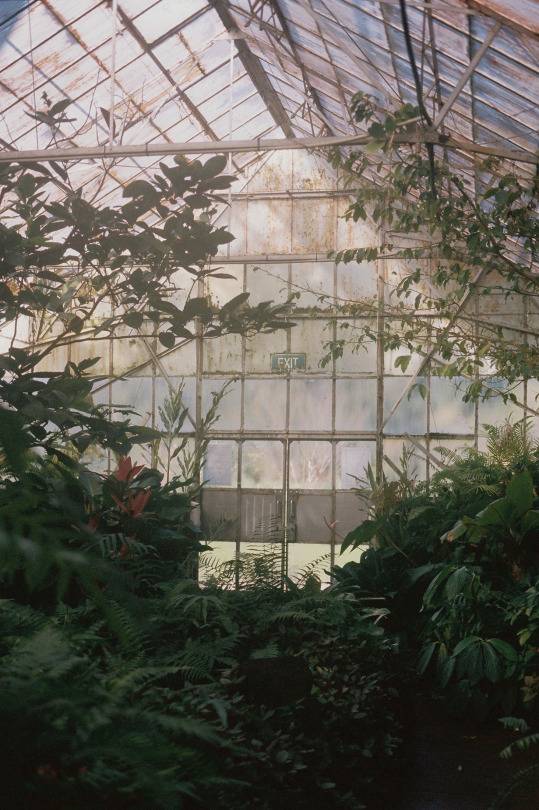

Royal Botanical Gardens, July 2022
103 notes
·
View notes
Text




📍Royal Botanical Gardens
🌍Madrid, Spain
⏳Now - June 16th
📷 @wellisntthatinteresting
#bridgerton#bridgerton netflix#bridgerton season 3#bridgerton season three#madrid spain#spain#royal botanical gardens
6 notes
·
View notes
Text
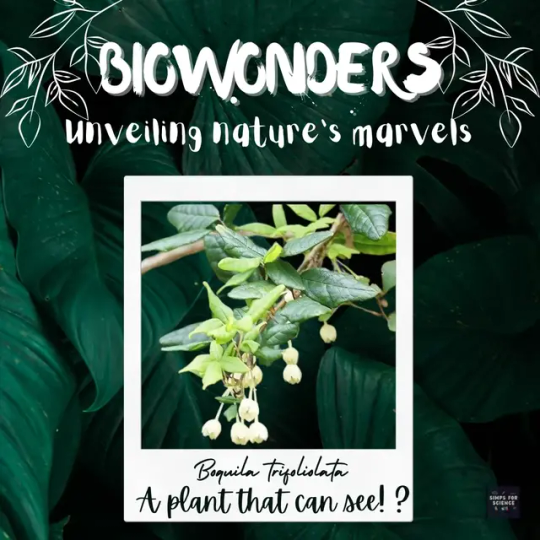
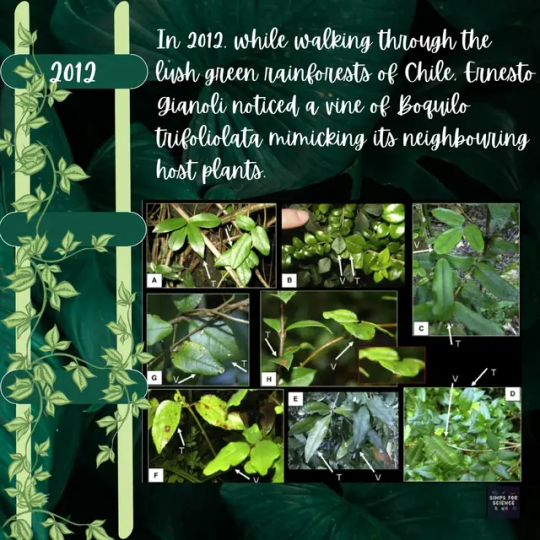
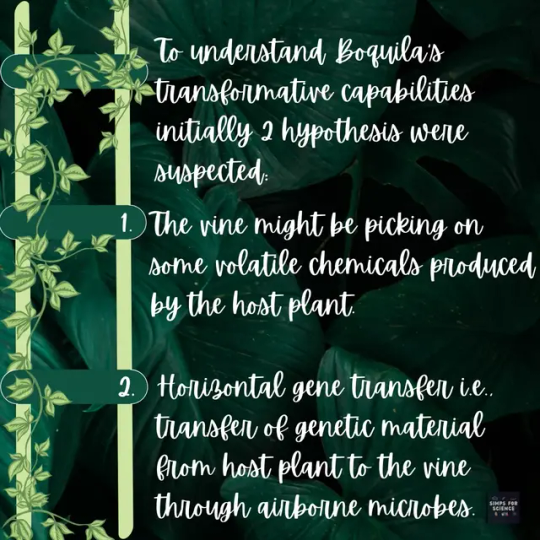

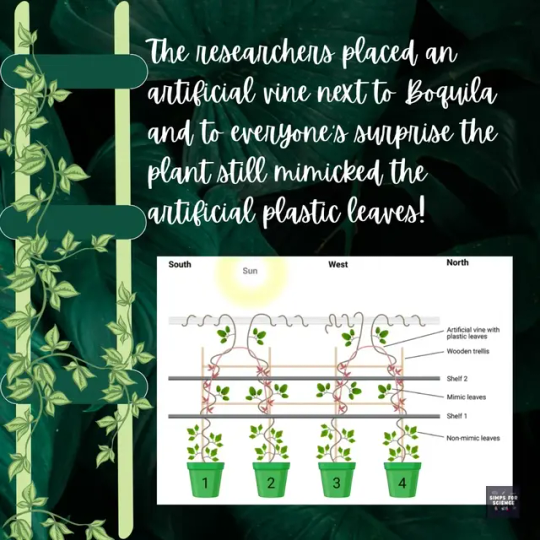



Nature's myriad of astonishing creations never fails to put us all in awe😲. To capture this, we introduce you all to our new weekly series - 'BioWonders' and the first wonder in this series is- Boquila trifoliolata🌱- a plant that can see!?👀
Join us in this series to learn more about such unreal yet real natural wonders!
#botany#botanical#biology#plants#botanic garden#botanic academia#science#education#science facts#study blog#plantblr#plantas#discover#earth#vines#eyes#royal botanical gardens#nature#green#greenery#pure herbs#amazon#forest#research scientist
6 notes
·
View notes
Photo

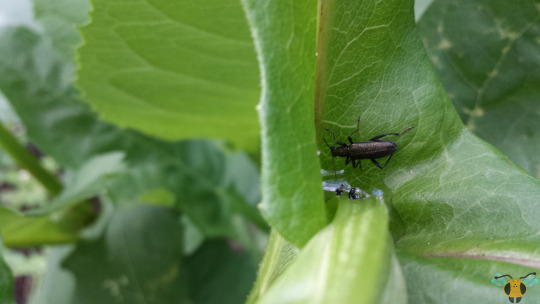

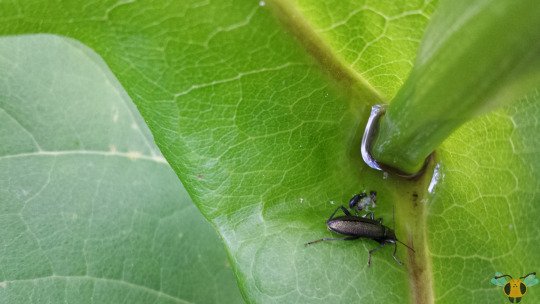
Brassy Long-Joint Darkling Beetle - Arthromacra aenea
We now go from a wide, Bronzed Beetle to a more slender one of Brass. This specie has no common name, so for today’s post its a combination of its subfamily name and the specie name (aenea meaning brassy). The brassy-ness in question refers to the metallic luster of this insect’s shell. This post was scheduled to be uploaded many years ago, but was pulled back at the last minute due to uncertainty on the identification. While unsure on the exact specie for a while, these images have been carefully re-examined. By looking at the shape of this Beetle and comparing this individual to other confirmed sightings on iNaturalist and Bugguide, I can comfortably say that I’m now happy declaring the identification correct...well as much as can be gleaned from pictures. My biggest doubts came from the thorax width and the antennae which appeared to be the wrong type. However, when counting the antennae segments, it became clear that it had been attacked or damaged in some way. The shell has also been impacted and one of its feet is missing, so a confrontation with a predator was likely! Looking at untouched specimens, they have an elongated terminal antennae segment.
Please do not overlook this Beetle’s features if you find a similar Beetle in the wild or in your garden (I kept veering towards Lizard Beetles, Tribe Languriini). If you can, try and get a reasonable picture of the head and eyes. This individual represents a new side of Darkling Beetles (it is a thinner specimen) for the blog, specifically from the Subfamily Lagriinae, better known as the Long-Jointed Beetles (and Arthromacra means “large-jointed”). Like their relatives, they can be primarily found in sources of decaying vegetation and stumps. Even then, water is very important for an insect’s body and to prevent desiccation. A strong, predator-proof, brassy shell needs nutrition to remain intact and healthy. Although somewhat metallic, one would be hard pressed to classify this shell as brassy (the light bouncing of this individual makes it seem like a darkened silver). This isn’t unexpected for this Darkling Beetle whose shell can have a variable coloration between individual. Look for such magnificent colors as dark-orange, brown, grey and even dark green! Having said that, if you find a similar-looking Beetle with a more vibrant green shell, you have likely found one of its relatives: A. pilosella. Red coloration could (I stress, could) mean you’ve found A. robinsoni! Who knew Darkling Beetles could be so metal and so colorful?
Pictures were taken on June 24, 2017 at the Royal Botanical Gardens with a Samsung Galaxy S4. On the subject of bronze and brass, both are alloys composed of copper. Brass is formed of zinc, whereas bronze is bonded with tin.
#jonny’s insect catalogue#ontario insect#brassy long joint darkling beetle#beetle#darkling beetle#coleoptera#insect#royal botanical gardens#june2017#2017#nature#entomology#invertebrates#arthropods#photography#animals
6 notes
·
View notes
Text
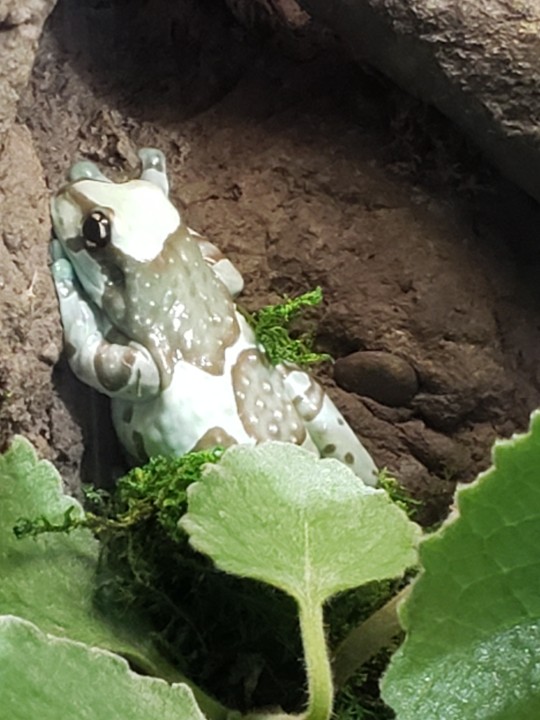
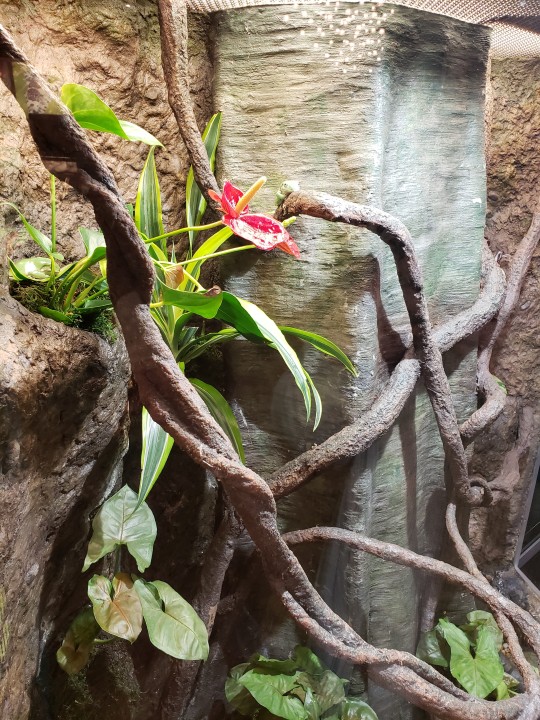
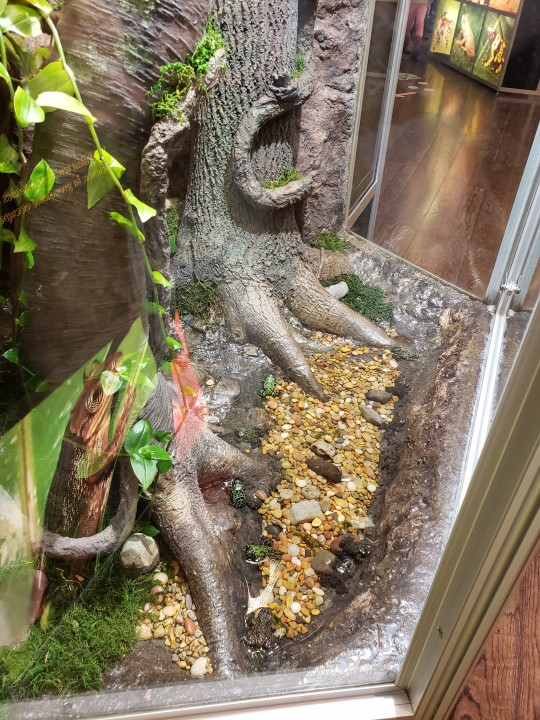


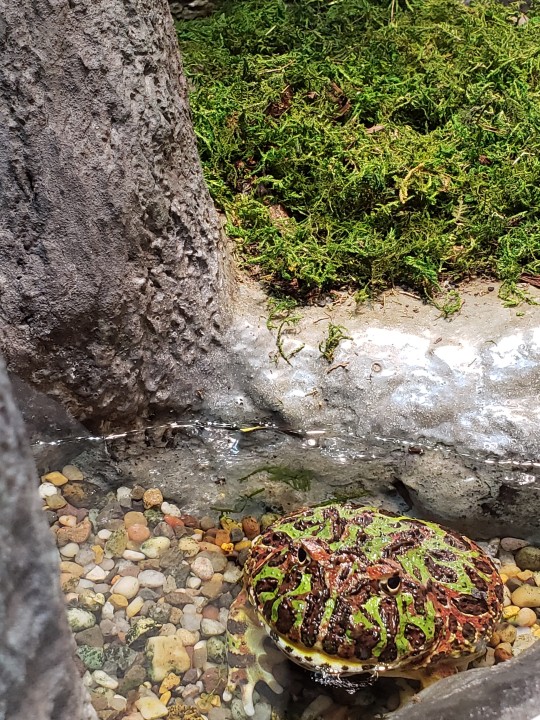
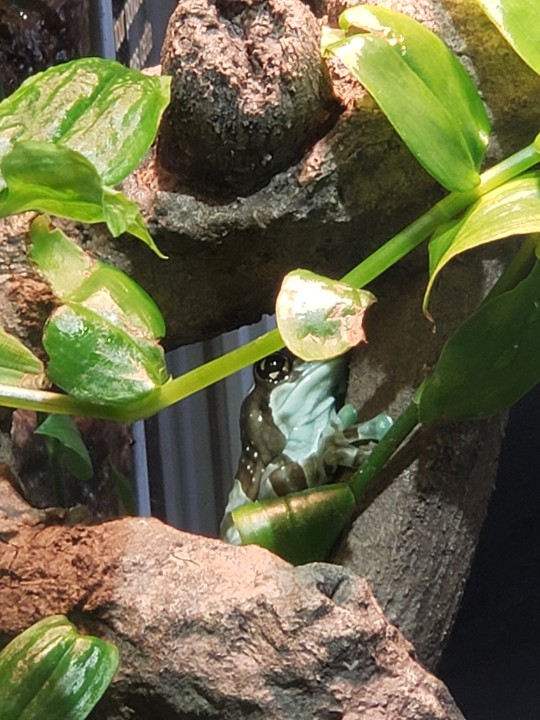

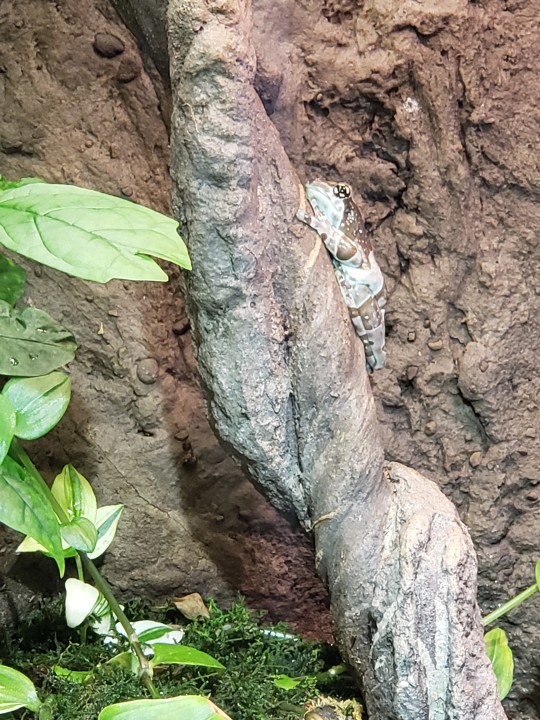

Royal Botanical Garden, Burlington, Ontario, Canada, March 2023.
5 notes
·
View notes
Text
“The only way to deal with an unfree world is to become so absolutely free that your very existence is an act of rebellion” - Albert Camus

#albert camus#camus#absurdism#existensialism#rebellion#ontario#royal botanical gardens#botanical garden#water fountain
2 notes
·
View notes
Text
youtube
https://youtu.be/KQ7Ry7VdG2c Review of the Yotel Standard Cabin at Gatwick
youtube
#autistic#hotel#yotel#autism#travelvlog#travel#airporthotel#neurodiversity#capsulehotel#sleep#asd#airport#kew gardens#royal botanical gardens#walking#gardens#birds#london#Youtube
1 note
·
View note
Text
youtube
Hey, howdy hey, and jingle all the way 🎄✨️
Just sharing a little festive cheer with a little holiday light show from Canada's largest botanical garden!
Thank you for stopping by this small alcove of the internet, and I hope you have a holly jolly day💕
#youtube#personal#meagsandbaconn#christmas#light show#royal botanical gardens#garden#lights#magical#winter#whimsy
0 notes
Text
The day Tim, Jamie, and I went to RBG. #vacation #loveandhugs #canadiangirl #jenniesworld











#RBG#royal botanical gardens#garden#Park#nature#beautiful#Easterbrooks#Hot Dog#QBs#fun times#friends#Vacation#loveandhugs#canadian girls#jennie's world
0 notes
Text


Royal Botanical Gardens, July 2022
44 notes
·
View notes
Text
À la poursuite de l'Éclipse (2)
La suite des aventures de notre vaine écrivaine le jour de l'éclipse du 8 avril!
La suite des aventures de notre vaine écrivaine et de son patient mari! Au moment où nous avions laissé notre sympathique couple, des nuages venaient de cacher l’azur du ciel, et donc de menacer la vue d’un phénomène aussi céleste que rare. Les nuages gris dans le ciel Photo de Chris F sur Pexels.com. MICHÈLE (le nez en l’air) : Grogn! Tous ces nuages vont gâcher notre observation! GILLES : On…

View On WordPress
#astronomie#Éclipse du 8 avrl 2024#croquis dans calepin#Eclipse#oiseaux#RBG de Burlington#Royal Botanical Gardens
0 notes
Text







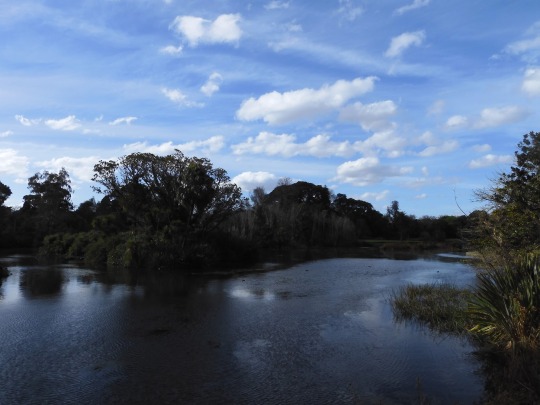
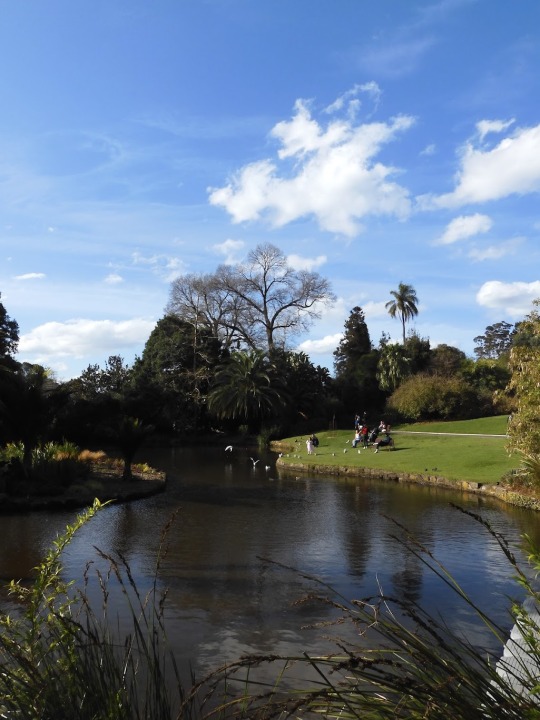
Royal Botanical Gardens, Melbourne VIC, Australia
6 Sept, Wed, 15:04
NIKON CORPORATION COOLPIX A1000
ƒ/3.41/5004.3 mmISO100
1 note
·
View note
Text
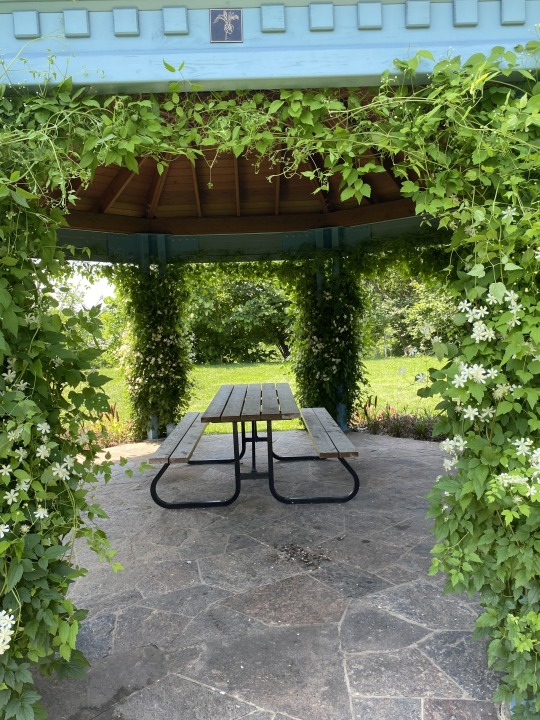
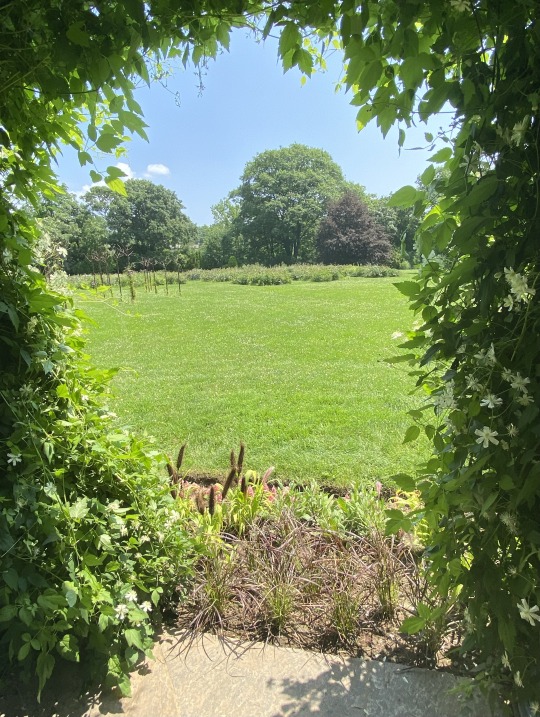


In case you ever need inspiration for a garden or plant of sorts, here you go. Took these at the Royal Botanical Gardens in Burlington, Ontario (in their Laking Garden and part of their Blooming with Pride section). Go visit if you have the chance, everything there is a sight to behold. It's worth the trip.
0 notes
Photo
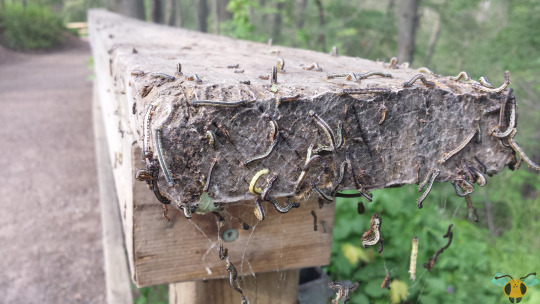
Fall Cankerworms - Alsophila pometaria
Do Inchworms like to party? Absolutely! Especially if they have other Inchworms around them, and there’s quite a few here! These are the partygoers that eat all the snacks without heed.
Truthfully speaking, these Caterpillars are in fact Inchworms as they belong to the family Geometridae, or Geometrid Moths. They move in a looping motion, pulling their body forward and creating an arch along their back as they do so. Then they straighten out and move forward again, inching their way to their destination. If you look closely, a few partygoers here are in the process of arching their way across this wooden observation fence. The adult Moths conversely are more known for the wave-like patterns that travel across their wings. We’ll return to the adults shortly; for now, let’s focus on the aggregation of Cankerworms in the forest. How they all wound up on the wooden fence is anyone’s guess, especially since it is devoid of leaves to defoliate. It’s possible they may have hatched on the fence itself, being placed their by a female Fall Cankerworm Moth thinking it was some type of hardwood tree. However, it’s more likely that these individuals are descending to pupate. You see, based on their appearance, they’ve been active for some time now. Upon hatching, Cankerworms begin their lives colored green, gradually darkening with each molt as they grow bigger, just as these have.
They may darken to black from instar to instar, but while they wriggle around they never lose the white bands that trail from head to toe. The band isn’t as visible when green, and neither are the Caterpillars for that matter. They use their green colors to their advantage by straightening their body and mimicking twigs if they feel a threat nearby as they feast at their tree. They’re well anchored thanks to their rear prolegs, so maintaining this posture isn’t an issue. After eating, defoliating, and molting, these Caterpillars find their way to the soil and pupate. The forest finds some peace in the meantime as the voraciousness of these Caterpillars has the potential to be devastating if left unchecked by their predators (both from birds and insects). As the seasons pass and autumn arrives, it is found they these Cankerworms don’t overwinter as pupae. The emerge as grey-colored Moths and seek out the best trees to place eggs and ready the next generation of Caterpillars for the winter. It may sound straightforward, but the female Cankerworms emerge without wings (my sentiments on that were covered in a Bagworm post), making location-seeking much more urgent! Next time you’re in a forested area where these wrigglers can be found, return in the autumn months and look for stout, grey, wide-bodied wingless Moths (grey-winged, male Moths may be nearby). It’s a strange sight, but it’s just another part of this insect’s journey. And being wingless does have some advantages: males come to you, less energy burned on flight and the potential of parthenogenesis (reported in some populations).
Picture was taken on June 10, 2017 at the Royal Botanical Gardens with a Samsung Galaxy S4.
#jonny’s insect catalogue#ontario insect#caterpillar#fall cankerworm#fall cankerworm moth#lepidoptera#moth#geometrid moth#insect#royal botanical gardens#june2017#2017#nature#entomology#invertebrates#arthropods#animals#photography
4 notes
·
View notes
Text



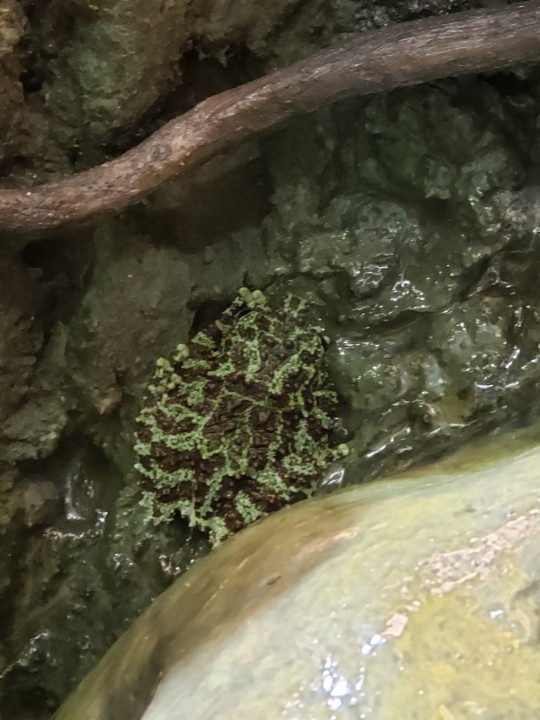


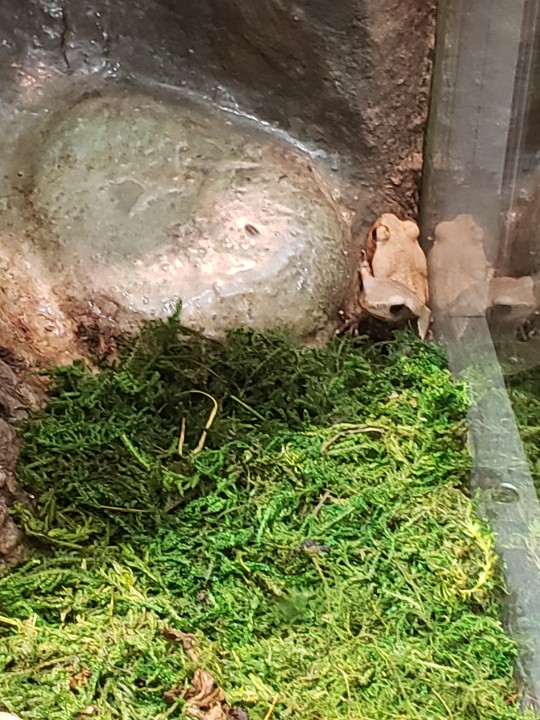
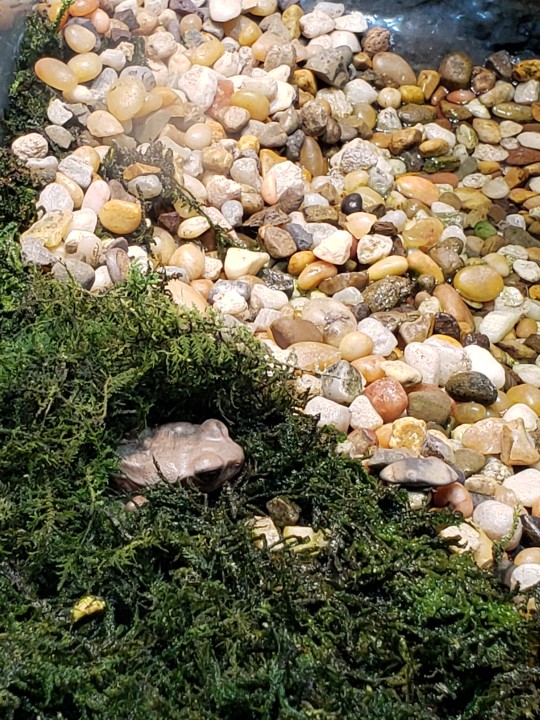
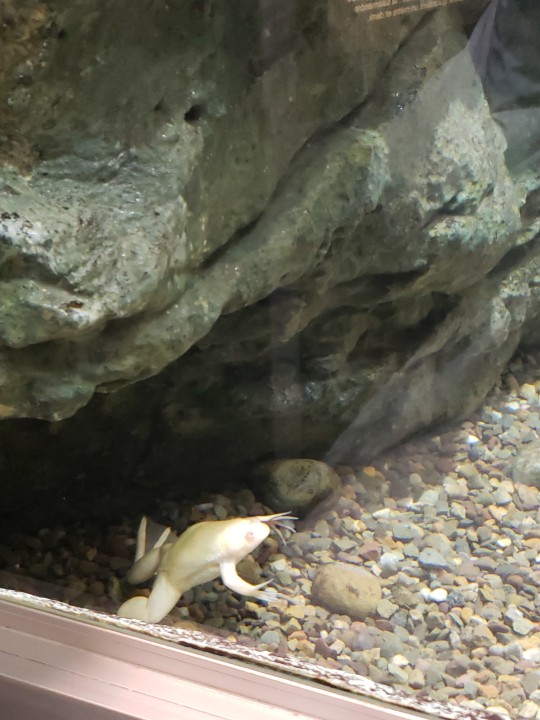
Royal Botanical Garden, Burlington, Ontario, Canada, March 2023.
4 notes
·
View notes